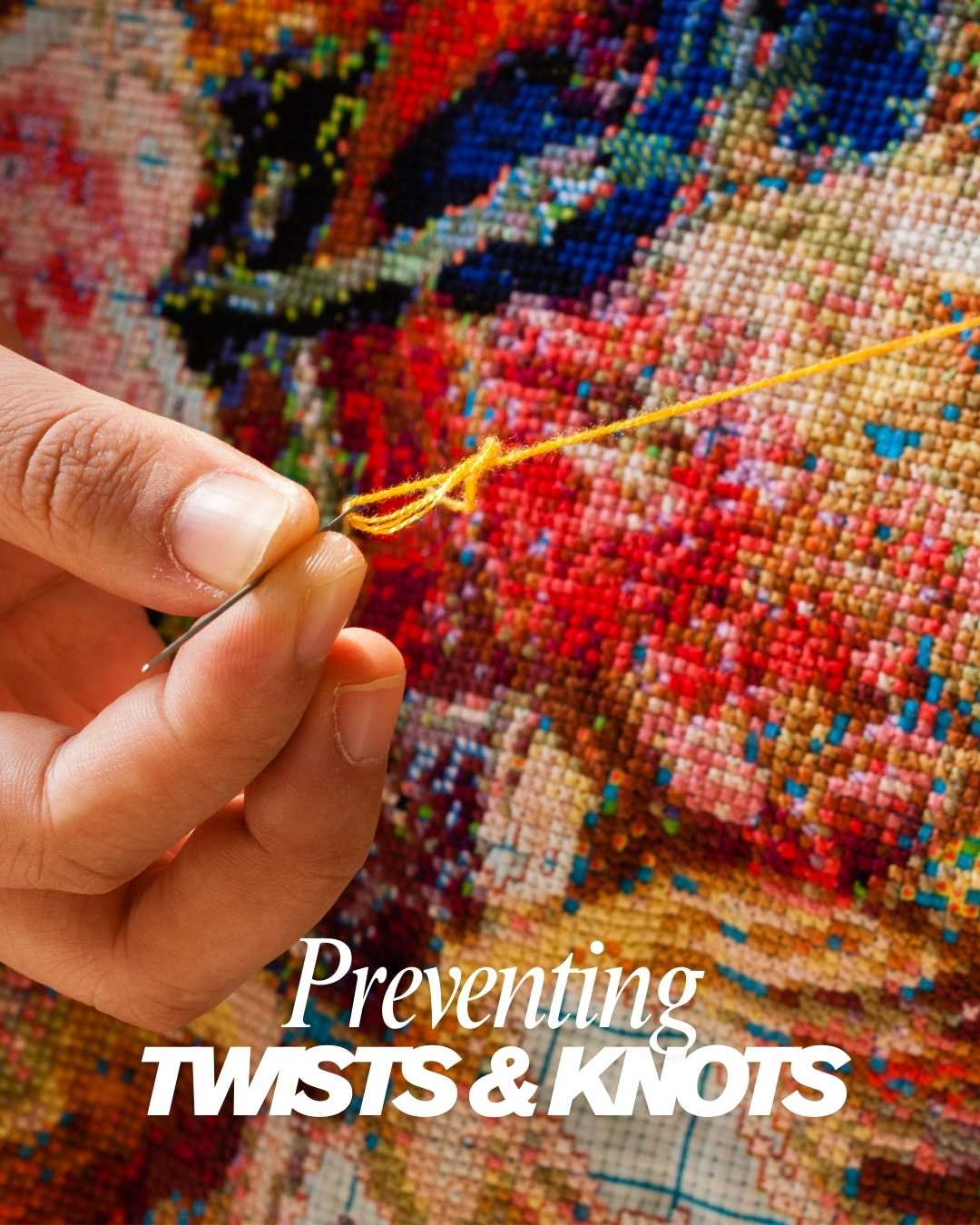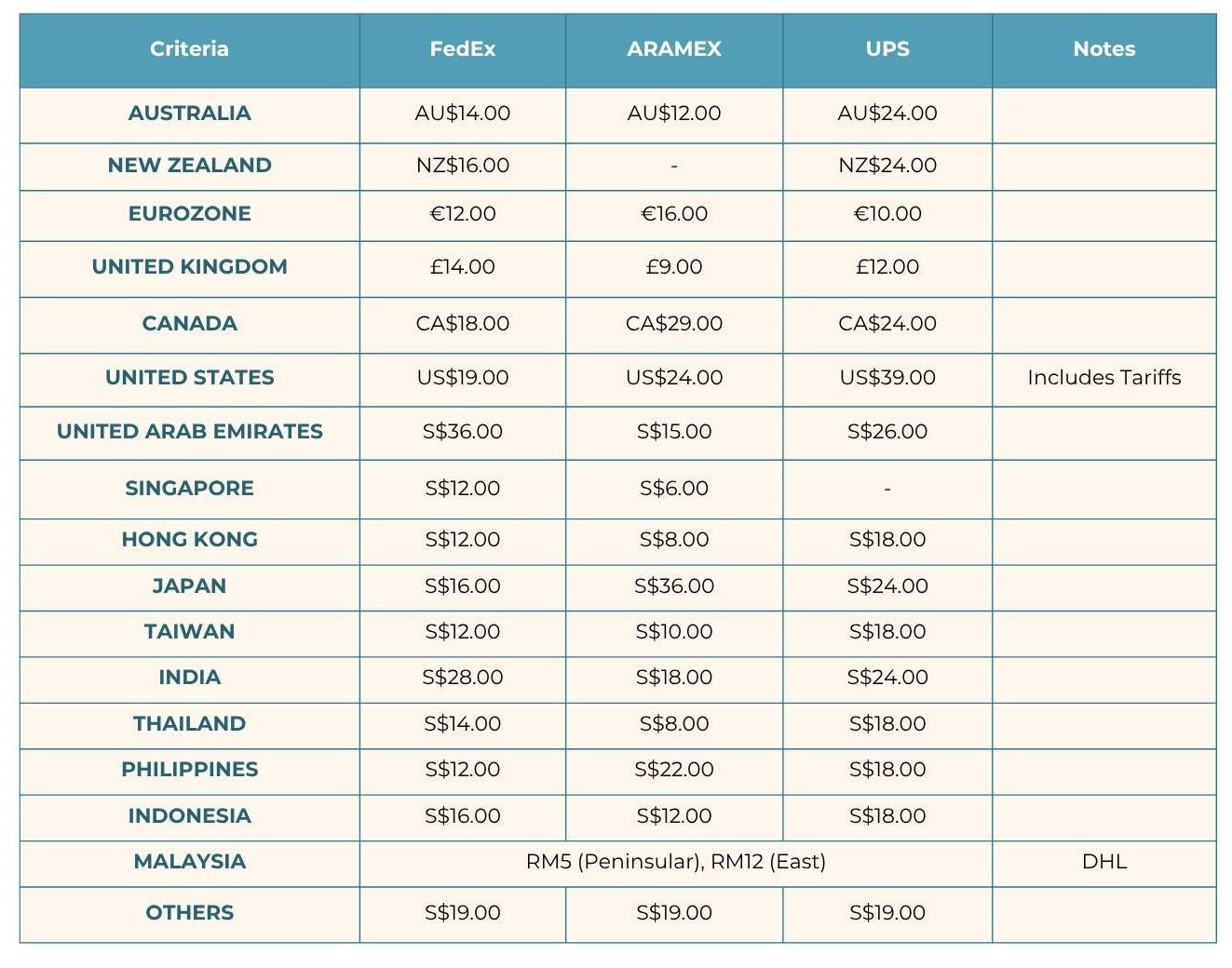Preventing Twists and Knots
A smooth, tangle-free stitching experience makes cross stitch so much more enjoyable! Twists and knots can disrupt your rhythm and affect the neatness of your project. Fortunately, with a few simple habits, you can easily keep them at bay.

Twisted threads can make your stitches uneven and even distort your fabric over time. Here’s how to keep your thread behaving:
1. Keep Threads Short and Sweet
Stick to thread lengths of about 18 inches (or roughly from your fingertip to elbow). Longer strands are more likely to twist, tangle, or knot themselves mid-stitch.
2. Watch Your Thread Direction
Consistency is key. Always bring your needle up and down in the same direction. This habit keeps your thread flowing smoothly and reduces the chances of accidental twisting.
3. Mind Your Needle Angle
A needle inserted at an angle can twist the thread as it passes through the fabric. Try to keep your needle perpendicular (straight up and down) to maintain clean, untwisted stitches.
How to Prevent Knots in Cross Stitch
Knots are the tiny troublemakers of cross stitch—they can be tricky to remove and hard to hide. Here’s how to avoid them altogether:
1. Master Thread Tension
Too tight, and your thread may coil up into knots. Too loose, and you risk uneven stitches. Aim for gentle, consistent tension—firm but relaxed.
2. Choose Quality Threads
Cheap threads often have rough fibers or inconsistencies that catch and tangle easily. Investing in good-quality embroidery floss (like DMC or Anchor) will make your stitching smoother—and less knot-prone.
3. Match Your Needle to the Fabric
Use a needle that suits your fabric count. If it’s too large, it stretches the holes and causes friction; too small, and it may not glide well. A well-matched needle helps thread pass through smoothly, reducing tension and preventing knots.
Final Tips
-
Let your thread "dangle" now and then—pause and let your needle hang freely to let any twist unwind.
-
Use a thread conditioner (like beeswax or Thread Heaven) if you’re dealing with metallic or specialty threads.
-
If you do get a knot, pause and gently tease it apart before pulling tighter—most knots can be undone with patience.
In Short…
A few mindful adjustments can make a world of difference in your stitching experience. Manage your thread, maintain proper tension, and stitch with intention. With a little practice, you’ll be gliding through your projects—twist- and knot-free!
Happy stitching! 🧵💙





